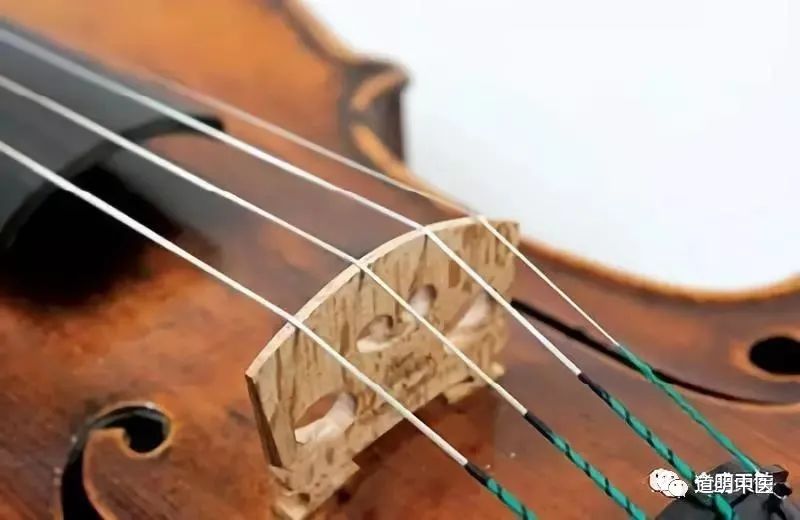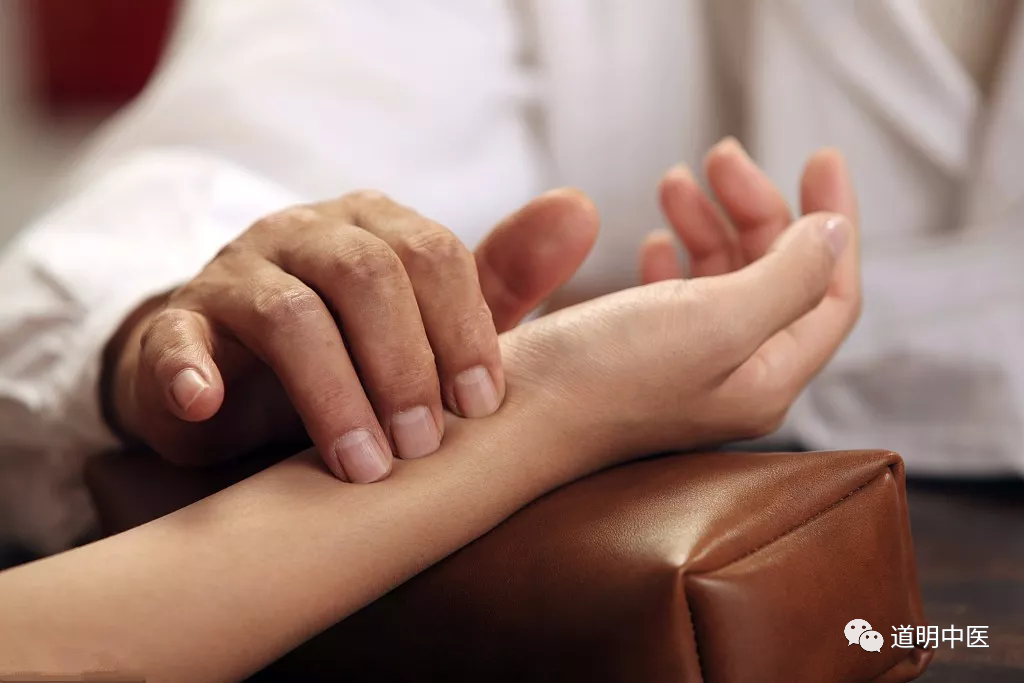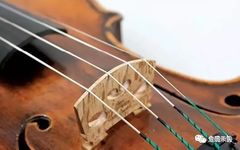1. Definition of the String Pulse: The string pulse is like a taut string, straight and long, with a firm and upright feel under the fingers. It corresponds to the liver (gan) in the Five Elements. In terms of seasons, it is associated with spring; the appearance of the string pulse in spring is a normal pulse pattern. An abnormal string pulse often indicates liver disease.

2. The Principle of String Pulse Formation: The initial emergence of Yang Qi is not yet strong and is suppressed by Yin Qi. The pulse manifests as a constricted pulse channel, yet retains the vigorous emergence of Yang Qi, thus feeling strong and taut, like a string. Conditions associated with Yin include water retention and coldness.
3. Symptoms Associated with String Pulse: Irritability, alternating chills and fever, fullness in the chest and flanks, flank pain, slight abdominal pain, lack of desire to eat, irritability with nausea, bitter mouth, dry throat, dizziness, hernia, malaria, and a thin white tongue coating.
4. Significance of String Pulse and Its Accompanying Pulses:
1. The string pulse indicates the presence of pathogenic fluids. In the superficial layer, fluids are in the skin; in the middle layer, fluids are in the meridians; in the deep layer, fluids are in the muscles. If the string pulse is felt at the cun position, fluids are in the upper jiao; at the guan position, fluids are in the middle jiao; at the chi position, fluids are in the lower jiao.
2. If the pulse is stringy, thin, and slippery, it indicates the initial stage of damp-heat, with obstruction of the Qi level. If the pulse is stringy and rapid, it often indicates heat stagnation in the Shaoyang and excess fire in the gallbladder. If the pulse is stringy and slippery, it often indicates a warm disease with phlegm. A stringy and rapid pulse suggests excessive heat and internal liver wind.

5. Prescription for Treating String Pulse:
Xiao Chai Hu Tang (Minor Bupleurum Decoction): Chai Hu (Bupleurum) 24g; Huang Qin (Scutellaria) 9g; Ren Shen (Ginseng) 9g; Gan Cao (Licorice, roasted) 6g; Ban Xia (Pinellia) 9g; Sheng Jiang (Fresh Ginger) 9g; Da Zao (Jujube) 4 pieces.
Formula Explanation: Chai Hu, Ren Shen, and Sheng Jiang support the emergence of Shaoyang and promote the proper circulation of Yang Qi in the body. Ban Xia, Huang Qin, and Da Zao suppress Yin and eliminate excess Yin, thus removing obstacles to the circulation of Yang Qi. This combination allows Yang to flourish and Yin to diminish, transforming the string pulse into a more gentle pulse.
Understanding Traditional Chinese Medicine for Your Health, Long Press the QR Code to Subscribe

Fukang Community Health Service Center, Chang’an District
Chang’an Niuxiaolu Integrated Traditional Chinese and Western Medicine Clinic

